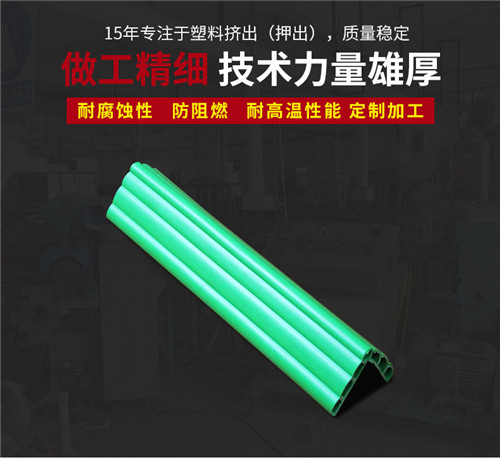
Phone Number :
07 26, 2023

Medical equipment is essential for accurate diagnostics, efficient treatments, and successful surgeries. It is also often expensive and delicate, requiring careful handling and protection. Anti-collision strips play a crucial role in safeguarding this valuable equipment from accidental damage and maintaining its optimal functioning.
Accidents happen, even in the most controlled environments. In medical settings, where doctors, nurses, and other healthcare professionals are often in a rush, it is not uncommon for equipment to be bumped, knocked over, or damaged unintentionally. Anti-collision strips act as a protective barrier, absorbing and dispersing the impact of such collisions, mitigating potential damage, and increasing the equipment's longevity.
Not only do anti-collision strips protect the equipment, but they also enhance the safety of patients and healthcare providers. For instance, in busy operating rooms or intensive care units, a collision with medical equipment can lead to further injuries or complications. By installing anti-collision strips, the risk of accidents and subsequent harm can be significantly reduced.
Anti-collision strips come in a range of materials, including rubber, foam, and plastic. They are designed to be easily affixed to medical equipment, such as monitors, technology carts, and diagnostic machines. These strips are adaptable, able to conform to the shape and size of various devices. The installation process typically involves cleaning the equipment surface, peeling off the protective layer of the anti-collision strip, and firmly adhering it to the designated area.
It is crucial to ensure proper placement of the anti-collision strips. Careful consideration should be given to potential impact zones and frequently used areas where collisions are more likely to occur. Thoroughly assessing the workflow and usage patterns of medical professionals can aid in identifying high-risk areas. By strategically applying anti-collision strips, the equipment's vulnerable components can be shielded effectively.
Regular inspections and maintenance are vital to ensure optimal functionality of the anti-collision strips. Any signs of wear and tear, such as peeling, cracking, or detachment, must be addressed promptly to maintain their protective capabilities. Replacement strips should be readily available, and healthcare staff should be educated on their importance and how to properly install them.
Protecting medical equipment is crucial for preserving its longevity and maintaining the safety of patients and healthcare providers. The use of anti-collision strips proves to be an effective approach in preventing accidental damage and facilitating the smooth operation of medical facilities. By understanding the necessity and implementing the appropriate application mode, healthcare institutions can minimize the risks associated with equipment collisions and ensure the continued delivery of quality care.